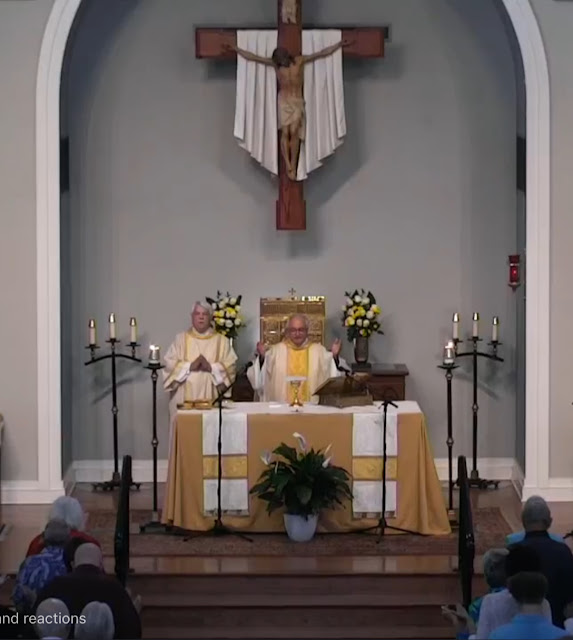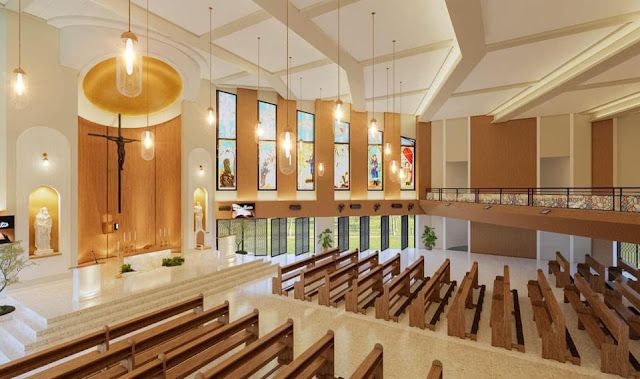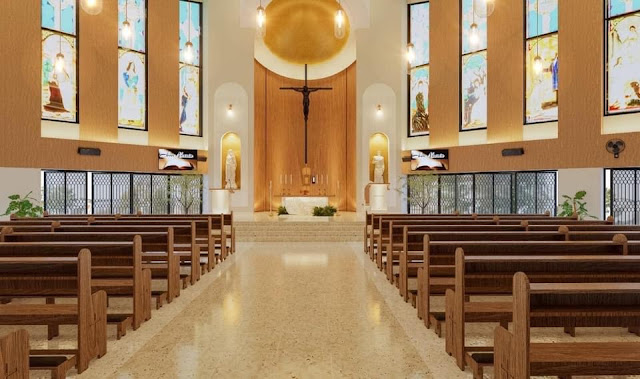Faith and politics can never be separated for faithful, thoughtful and thinking Catholics. Many are lamenting the two choices, three if you count Robert F. Kennedy, Jr., that are running for the office of Presidency.
With a population around 300 million people, many are asking can't we don't better and with a better slate of candidates?
But who wants to run? Only those extroverted enough to cater to the big bucks donors they need to run a campaign. Money speaks, not mom and pop from bread and butter America, but special interest groups that have mega bucks. These monied groups have enough clout to overrule a primary process not to mention a fair and free election!
Wouldn't it better to allot certain bucks from the government for legitimate candidates to run for office during the primary and then the lead up to the actual election so that there isn't reliance on special interest groups and their ability to buy political candidates?
Let me speak of President Biden first. He is the Democrat presidential candidate as determined by the primary season and more than likely, if he doesn't give into those trying to pressure him to get out of the race, he will be confirmed as the Democrat presidential candidate at the Democrat's National Convention in August.
But therein lies the corruption. Leading Democrats and they money-backed supporters are trying to pressure the sitting President to get out of the race. Why? Because polls say he can't win. It isn't because he has dementia and maybe other health issues related to age, it is because the big money backers are pulling their money and polls show he can't win, this late in the game.
It's as though we are experiencing a coup in real time in order to thwart the electors, meaning the country and the electoral college from determining who will be the next president. It is clearly election interference calling into question our election process.
And now former President Trump. Say what you want about him, he is where he is because of the primary process, and if President Biden prevents a "coup" against him, Trump may well win the presidential election fair and square.
But look at how impeachment was weaponized against Trump during his first term to get him out of an office he won fair and square, a political coup with the cover of the constitution. It didn't work.
Or look at the weaponization of the legal system to convict Trump and put him into prison or manipulate voters to vote for someone else. That is a legal coup!
Big money and political elitists don't trust our election process, neither the actual voters or the electoral process.
Whether you are a Biden supporter or Trump supporter, all of this must be of concern for us as Americans.
Now for the Catholic prospective on the two main candidates we have for the presidency: both are loved by God and both are showered with God's love. For Trump, who has no real religious affiliation or communal worship, Catholics believe that Our Lady of Fatima could have guided the bullet or the head of President Trump to avoid a gunshot leading to his death. Why would God do this or allow our Blessed Mother to do it? Because God is Missionary and an Evangelist. His grace His freely given to the deserving and undeserving, to all people, regardless of their religion or lack thereof.
The same is for President Biden. Maybe God can bring good out of what he is experiencing by God's grace and our Blessed Mother's assistance. Maybe President Biden will repent of his rabid pro-choice politics that has enabled the murder of so many more babies than perhaps would have not take place if Biden were a witness to his Catholic Faith, which he practices by going to Mass each weekend.
And of course, we know as Catholics, that when much is given to us, in terms of the Catholic Faith we say we practice, much is expected and culpability for failing in the practice of our faith is greater than for those who are not Catholic. Just saying.


















































